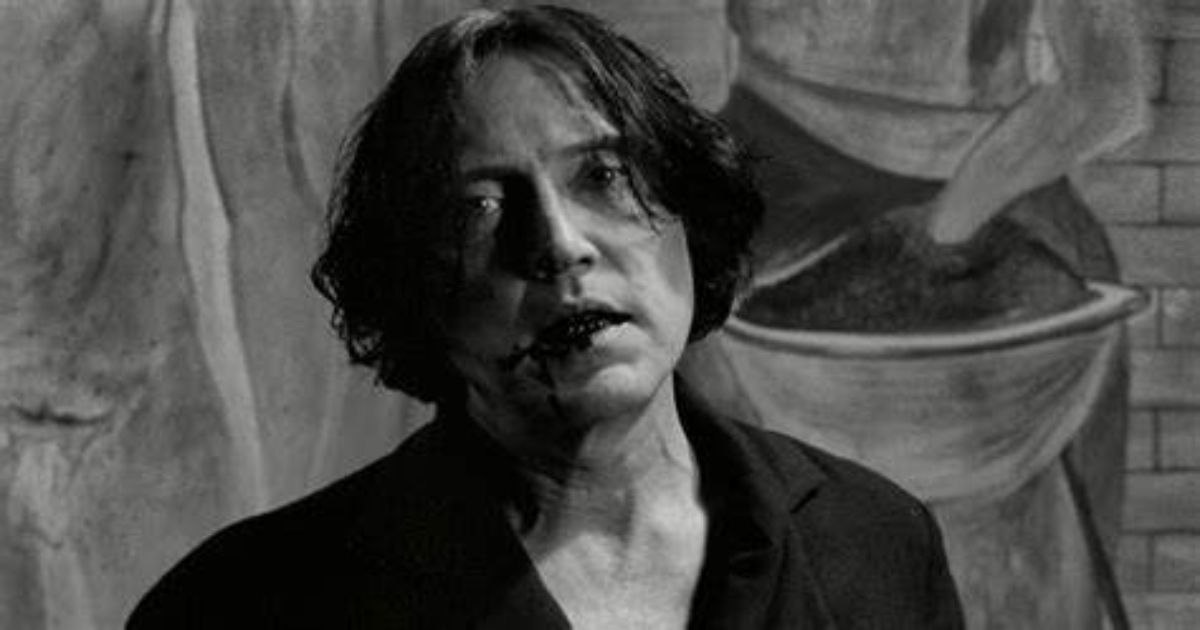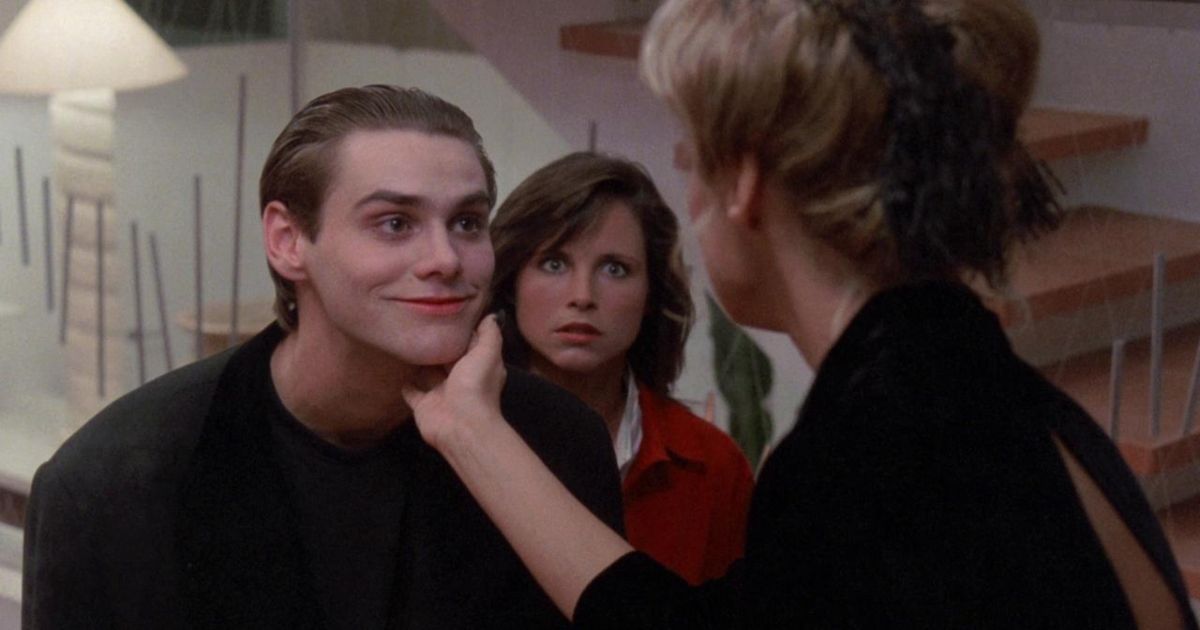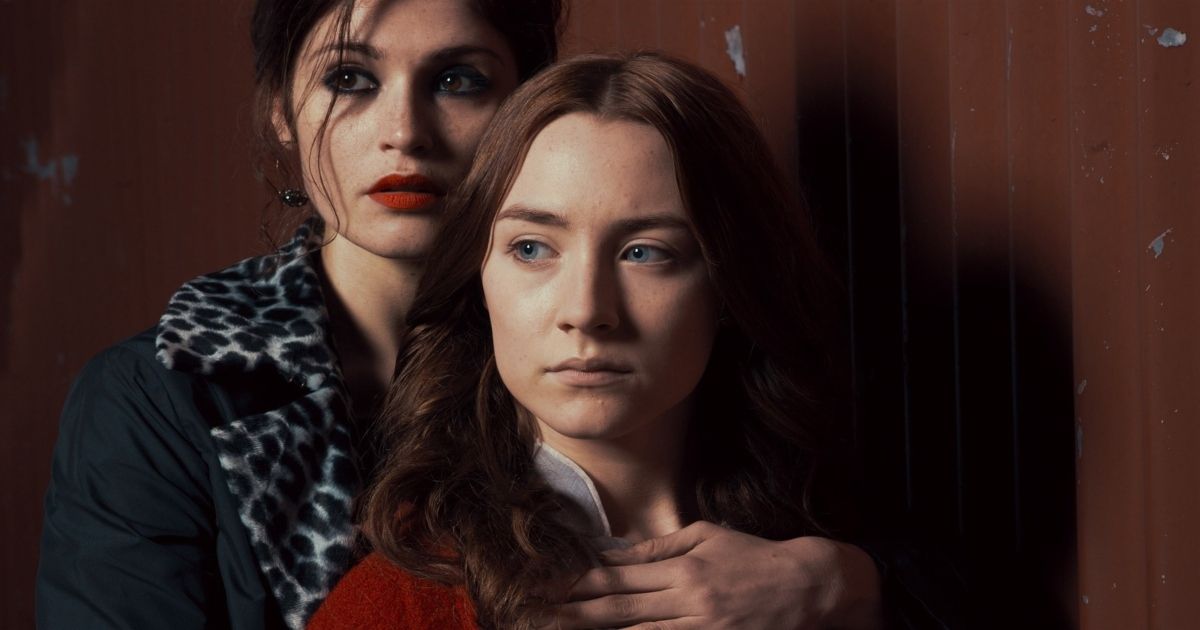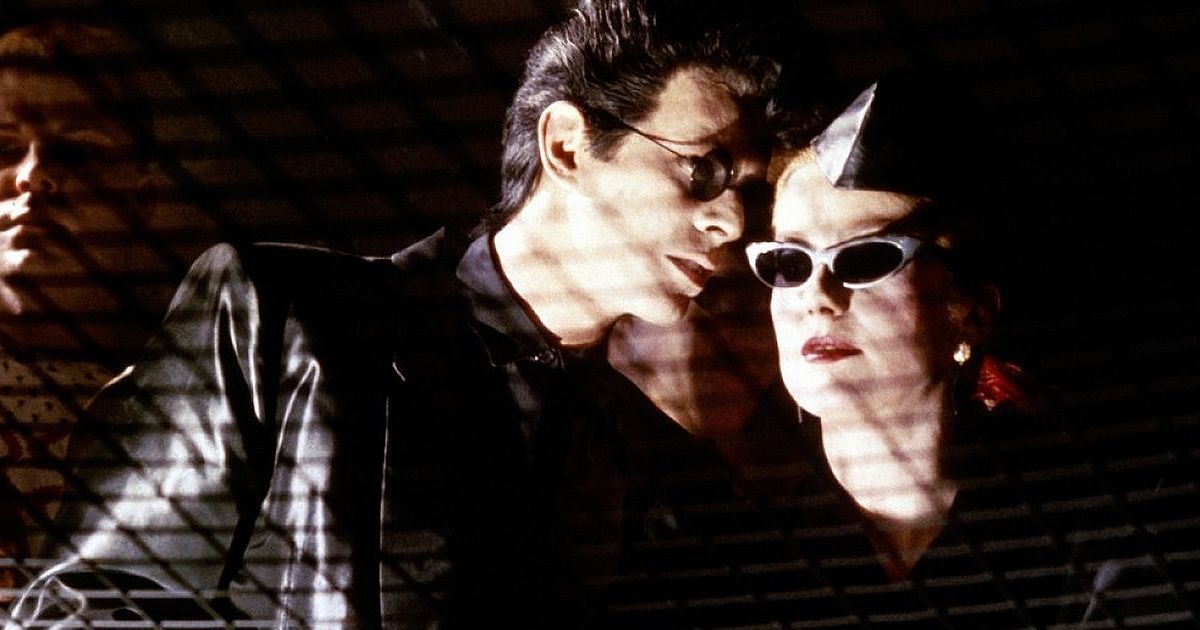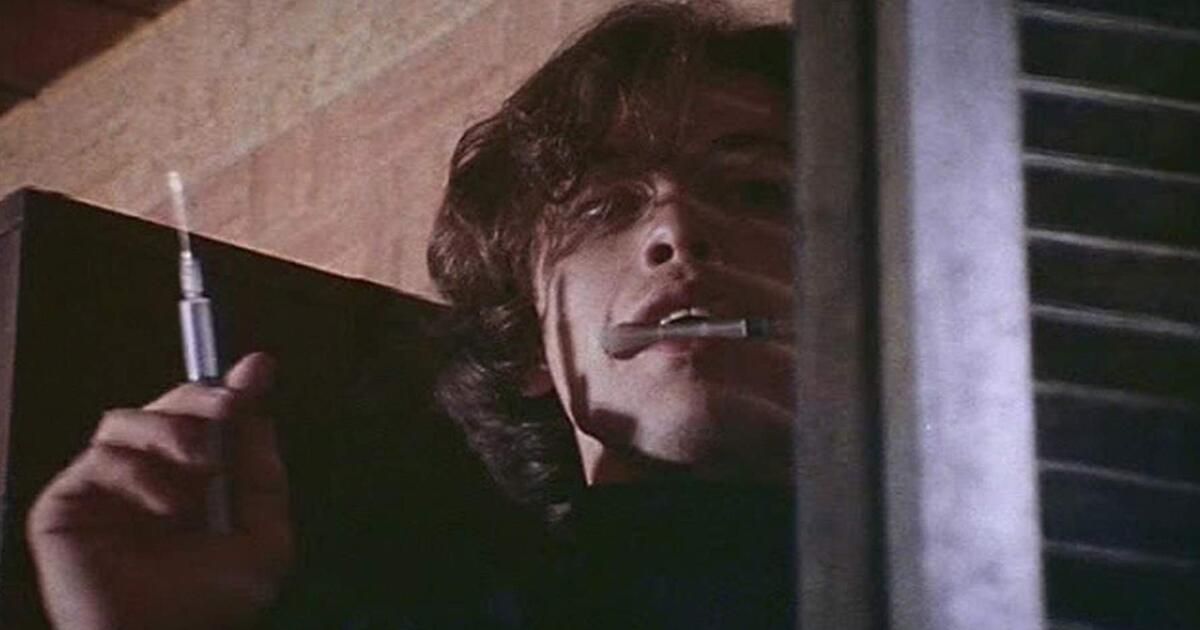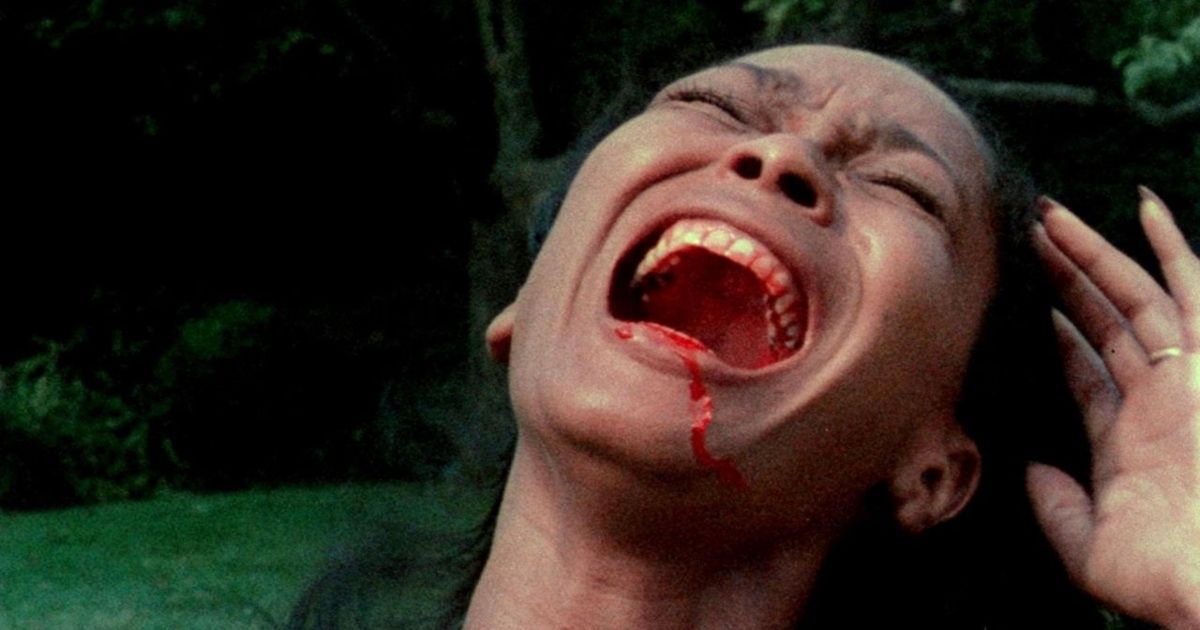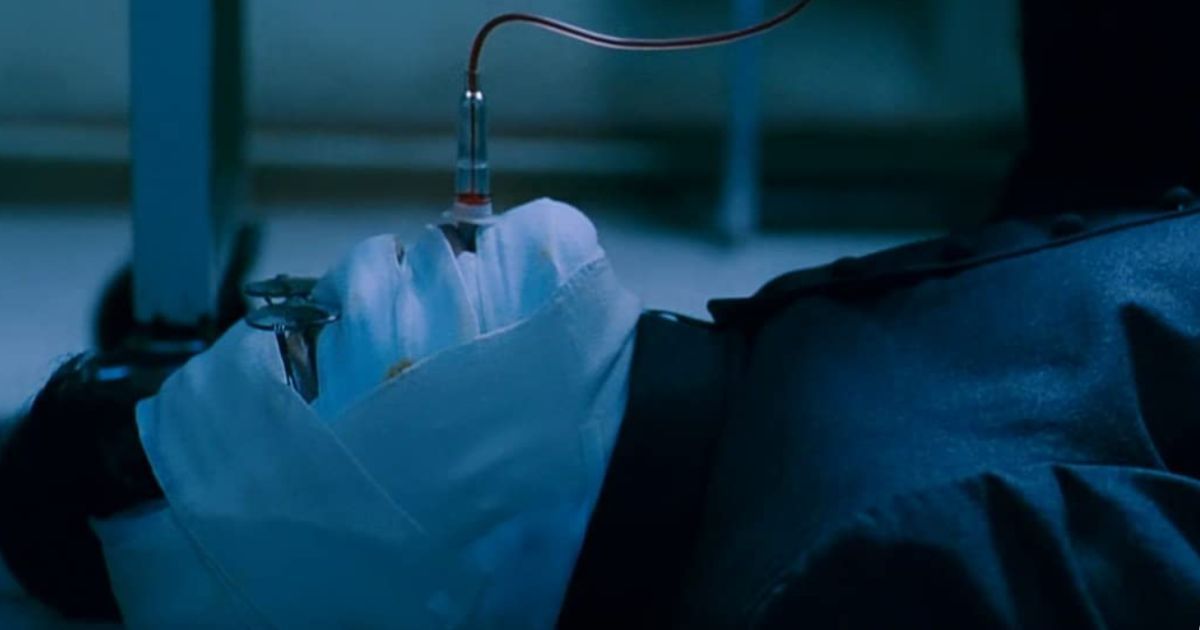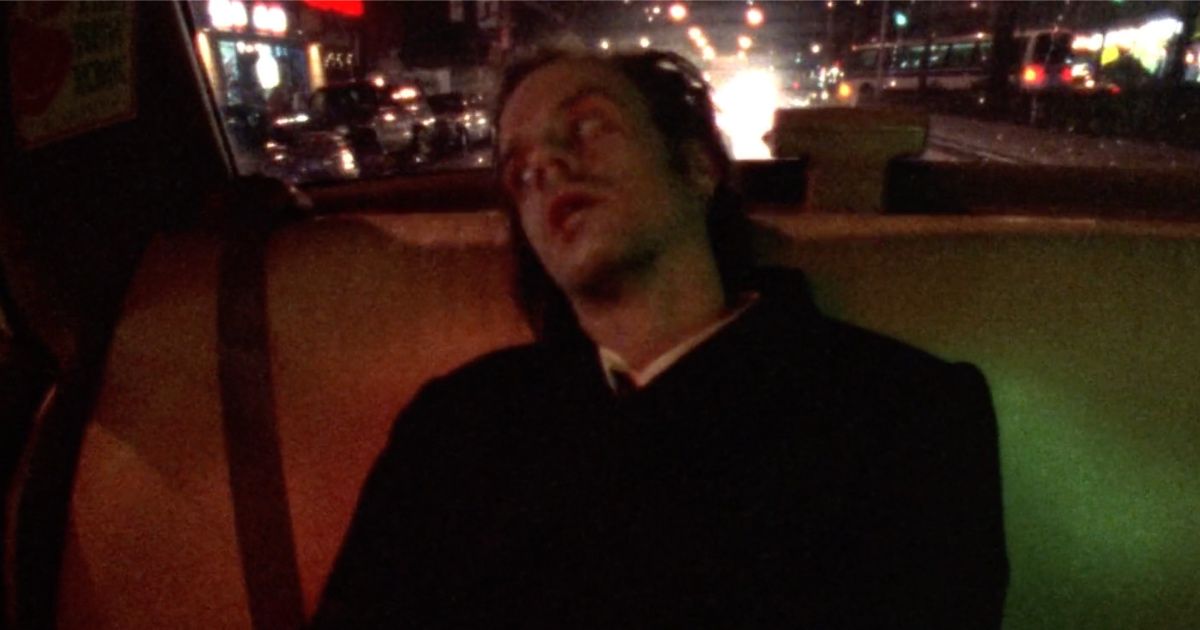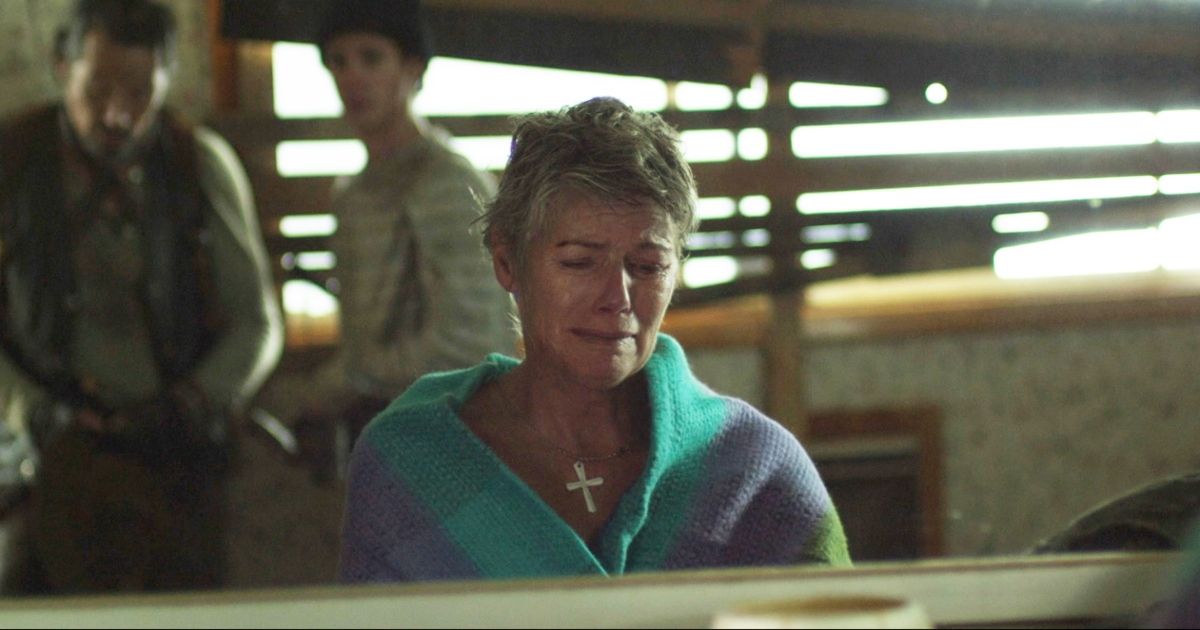Vampires have long held a mesmerizing allure in the realm of cinematic horror and have been a staple of the genre since the dawn of film. From the classic elegance of Bela Lugosi's Dracula to the sparkling undead of Twilight, the vampire subgenre is filled with riffs on the legendary creatures of the night, some better known than others.
With hundreds of films made about vampires, it’s obvious that some are going to fly under the radar. While these films may not have enjoyed mainstream acclaim or box office success, they have left their mark on the genre, tantalizing those with an appetite for the unusual and offering fresh perspectives on ancient mythos.
Just in time for Halloween and the need for something new to watch. From forgotten classics of the past to contemporary hidden treasures, here are 12 obscure vampire movies you’ve probably never heard of but definitely need to check out.
12 Only Lovers Left Alive
The lavishly atmospheric and romantic Only Lovers Left Alive is a vampire movie that only Jim Jarmusch can make: light on plot, heavy on style, and really, really cool.
The movie revolves around the reclusive musician Adam (Tom Hiddleston) and the philosophical Eve (Tilda Swinton), two vampires who have been married for centuries but now live half a world apart. Adam has grown disillusioned with the declining state of the world and has become suicidal. Worried he may end his centuries-long life, Eve travels to Detroit to visit her husband in the hopes of reigniting his lust for life.
Rather than focus on the gruesome bloodletting that seems to be the driving force behind every vampire movie, Jarmusch explores the ennui of immortality and the power of enduring love. The cinematography is lush, the mood is exquisite, and like every Jarmusch movie, the soundtrack is the epitome of cool.
11 Once Bitten
Jim Carrey made his Hollywood feature debut in the forgotten 80s vampire horror-comedy Once Bitten. Howard Shore’s film stars Lauren Hutton as The Countess, a 400-year-old vampire who needs to drink the blood of a virgin three times to maintain her youthful appearance and immortality. Finding a virgin in the hedonistic city of Los Angeles is difficult, but the Countess lucks out when she crosses paths with Mark Kendall (Carrey), a naive high school student desperate to lose his virginity, who she easily seduces and turns into a vampire. But Mark’s girlfriend, Robin, threatens to intervene before the Countess can finish her ritual.
Once Bitten was positively lambasted upon release (it still holds a 0% on Rotten Tomatoes), but in the near-forty years since its release, the admittedly sophomoric horror-comedy found a small but passionate audience. It may not be the best film on this list, but it’s a goofy good time, and it’s always fun to see Jim Carrey in an energetic and lively performance.
10 Byzantium
Neil Jordan’s 2012 vampire film Byzantium, based on Moira Buffini’s novel A Vampire Story, stars Saoirse Ronan as Eleanor, an introverted teenage vampire living in secrecy at the rundown Byzantium Hotel with her mother, Clara (Gemma Arterton). The two have been on the run for centuries from The Brethren, a male-dominated vampiric society that wants them dead. Their quiet lives are put at risk, however, when Eleanor develops feelings for Frank (Caleb Landry Jones), a young man dying from leukemia who wishes to become a vampire.
Buffini’s novel offers a refreshing perspective on typical genre tropes through her exploration of motherhood and female empowerment within a hostile, male-dominated community of vampires. Jordan effectively captures the melancholy and anger of the source material, thanks to Sean Bobbitt’s alluring cinematography and Javier Navarrete’s unnerving score.
9 The Hunger
Filmmaker Tony Scott made his directorial debut with The Hunger, an erotic horror film starring Susan Sarandon as Sarah Roberts, a research scientist who enters into a love triangle with two centuries-old vampires, Miriam (Catherine Deneuve) and John (David Bowie). Miriam seduces Sarah and introduces her to the world of vampirism, but she struggles to come to terms with her newfound immortality and appetite for blood.
The Hunger received mixed reviews upon release (Roger Ebert certainly wasn’t a fan, calling it “an agonizingly bad vampire movie”), but its overt sensuality and LGBTQ+ themes garnered just as many fans as it did critics. In the time since, the filmhas developed a passionate cult following, with many praising its erotic take on the vampire mythos.
8 The Addiction
Filmmaker provocateur Abel Ferrara ventured into the vampire genre with his 1995 black-and-white horror film The Addiction. Lili Taylor stars as Kathleen Conklin, an introverted and overworked NYU grad student who is attacked by a bloodsucker and soon develops the traditional symptoms of vampirism: a thirst for blood, an aversion to daylight, and an inability to eat regular food. At first, she tries to resist, but not only does she give in to her murderous cravings, she begins to enjoy it. But things begin to change for the better when she meets Peina (Christopher Walken), a vampire who has conquered his addiction to blood and has agreed to help Conklin overcome hers.
If the film’s title didn’t give it away, Ferrara envisioned The Addiction as an allegory for drug addiction. Having battled a nasty heroin habit for years, Ferrara recognized the parallels between addiction and vampirism and wanted to make a film that channeled his struggles and eventual rehabilitation. Like many of the director’s works, The Addiction can be heavy and hard to watch. But unlike Ferrara’s other films, it also feels oddly hopeful.
7 Rabid
David Cronenberg followed his debut feature Shivers with the equally stomach-churning vampire-adjacent shocker Rabid. Marilyn Chambers stars as Rose, a woman who undergoes a surgical operation following a horrific motorcycle accident. She falls into a coma and wakes a month later, only to discover a vampiric stinger under one of her armpits and an unquenchable thirst for human blood. Those she bites become infected, and the epidemic continues to spread through Montreal, threatening to consume the entire country.
If you’re familiar with Cronenberg’s work and his penchant for overtly sexual body horror, then you know exactly what you’re getting with Rabid. (Variety called it an “extremely violent, sometimes nauseating, picture” in their review.) It’s a gruesome combination of the vampire and zombie subgenres and is one of Cronenberg’s more underappreciated works.
6 Martin
George A. Romero may forever be remembered as the father of the zombie genre, but the iconic filmmaker made a provocative and powerful contribution to the world of vampire cinema with the criminally overlooked Martin.
John Amplas stars as the titular Martin Mathias, a young man who comes to believe he is a vampire. To satiate his bloodlust, Martin drugs women and bleeds them dry. Though he’s riddled with guilt over his murderous actions, his hunger is far too strong to ignore, and the troubled young man succumbs to a life of isolation and violence.
Romero considered Martin to be the best film he’s ever directed, and for good reason: it’s an incredibly mature and probing look into the reality of being a vampire. The strength of Romero’s film lies in its ambiguity: the audience is never quite sure if Martin really is a vampire or someone suffering from a worsening psychotic delusion. Hell, even Martin isn’t sure, and all his efforts to rid himself of this curse end in vain. It’s a clever, if incredibly downbeat, retooling of the classic vampire mythos that is worth a look.
5 Ganja and Hess
Bill Gunn’s experimental vampire movie Ganja & Hess follows Dr. Hess Green (Duane Jones), an anthropologist who becomes a vampire after being stabbed with an ancient African dagger by his unstable assistant (Gunn), who then commits suicide. Hess struggles with his newfound bloodlust but finds solace in Ganja (Marlene Clark), his assistant's widow. The two fall in love, and Ganja agrees to become a vampire so they may spend the remainder of eternity together. But, of course, good things can’t last forever.
When Ganja & Hess premiered at the Cannes Film Festival in 1973, the unabashedly artsy film was met with critical acclaim. But when it made its U.S. debut, it was poorly received by critics who didn’t understand (or care about) the film’s underlying political and cultural symbolism. The movie’s poor reception led to its producers selling the rights to Heritage Pictures, a distribution company specializing in Grindhouse-style movies. They recut the film to better fit their genre sensibilities, shaving off more than 30 minutes of footage and totally butchering Gunn’s vision in the process. Retitled Blood Couple, the film was an even bigger commercial failure.
Fortunately, Gunn’s original version of Ganja & Hess has been restored to its original glory and is widely available. (Sadly, Duane Jones and Bill Gunn both passed away before the film received its overdue critical reappraisal.) It’s an avant-garde and socially conscious take on the vampire genre that’s more than worth your time.
4 Thirst
Loosely based on Émile Zola's novel Therese Raquin, Park Chan-wook’s darkly funny and positively wild Thirst is one of the best vampire films to release this century, but it’s been widely overlooked outside of South Korea.
The film stars Song Kang-ho as Sang-hyun, a Catholic priest who volunteers for a secret vaccine development project intended to eradicate the fatal Emmanuel Virus. The experiment goes awry, however, and Sang-hyun is left with an insatiable desire for blood and the pleasures of the flesh. To make matters worse, he begins a passionate and forbidden love affair with Tae-ju (Kim Ok-bin), the unhappy wife of his childhood friend, leading them both down an increasingly gruesome rabbit hole of depraved sex and violence.
Fans of Park Chan-wook’s work know what to expect with Thirst: it’s provocative, boundary-pushing, and deliriously fun. Fans of South Korea’s more “extreme” genre films (including I Saw the Devil, The Wailing, and Park Chan-wook’s own “Vengeance Trilogy”) will surely cherish the gory delights of Thirst.
3 Habit
Indie horror maverick Larry Fessenden wrote, directed, and starred in his 1997 vampire horror film Habit, in which he plays Sam, a self-destructive alcoholic who meets the beautiful but mysterious Anna at a Halloween party. The two are immediately drawn to each other and embark on an all-consuming romance. But Sam starts to suffer from a strange illness and soon begins to suspect Anna is actually a vampire, and he’s been turned.
Like Abel Ferrara’s The Addiction, it’s pretty obvious just by the title alone that Fessenden’s Habit is more or less an allegory for alcoholism and the self-destructive lifestyle of addicts. It’s grim, dark, and gritty, with a heavy atmosphere that’s hard to shake.
2 Stake Land
Jim Mickle’s indie post-apocalyptic vampire film Stake Land has gone underseen and underappreciated since its quiet release in 2010. Set in a dystopian world overrun by vampires following a viral outbreak, the film centers around a young boy named Martin who, after his family is killed by vampires, joins forces with a seasoned vampire hunter named Mister. Together, they embark on a perilous journey through the desolate American landscape, searching for a rumored safe haven known as "New Eden."
Despite its obvious low budget, Mickle mines the most out of his limited resources via strong characterization and powerful performances from his two leads, Connor Paolo and Nick Damici. The direction is assured, and Mickle’s ability to maintain a brooding atmosphere - thanks in no small part to Jeff Grace’s fantastic score and Ryan Samul’s crisp cinematography - really helps Stake Land stand apart from other low-budget post-apocalyptic monster movies (of which there are many). It’s a unique take on the vampire mythos, with more in common with The Walking Dead than Dracula, and is well worth checking out.
1 Let’s Scare Jessica to Death
John D. Hancock’s psychological horror film Let's Scare Jessica to Death revolves around Jessica (Zohra Lampert), a troubled woman who has recently been released from a psychiatric institution and moves to a secluded farmhouse in rural Connecticut with her husband Duncan (Barton Heyman) and their friend Woody (Kevin O'Connor). But as they settle into their new home, Jessica begins to feel something is wrong, especially after her encounter with a mysterious woman named Emily (Mariclare Costello), who may very well be a vampire.
Initially conceived by writer Lee Kalcheim as a satirical horror film about a group of hippies preyed upon by a monster in a lake, Hancock opted to make a more straight-forward horror film once signing on, inspired specifically by such classics as The Turn of the Screw and The Haunting of Hill House. Hancock wanted to center the screenplay on a protagonist whose credibility could be questioned by the audience. The result is an atmospheric and unsettling vampire film that also doubles as a ghost story. If Let’s Scare Jessica to Death isn’t on your watchlist, it’s time to rectify that immediately.

